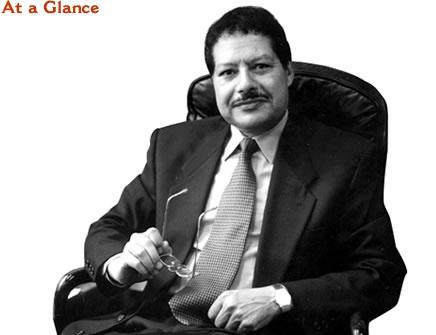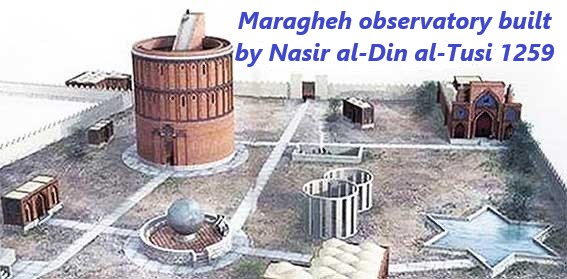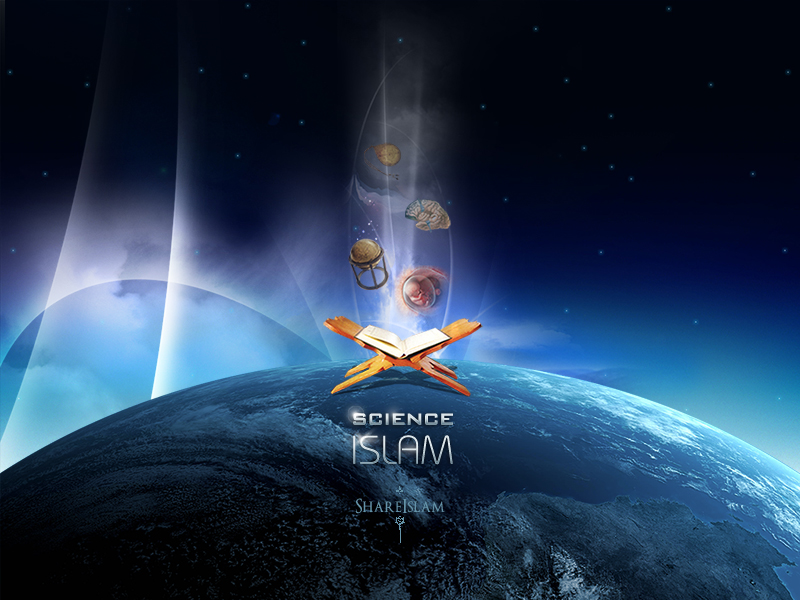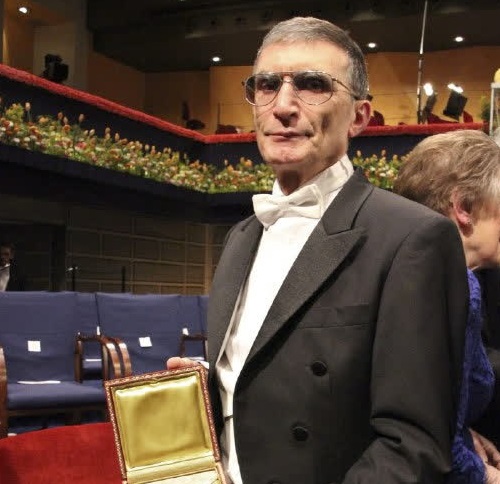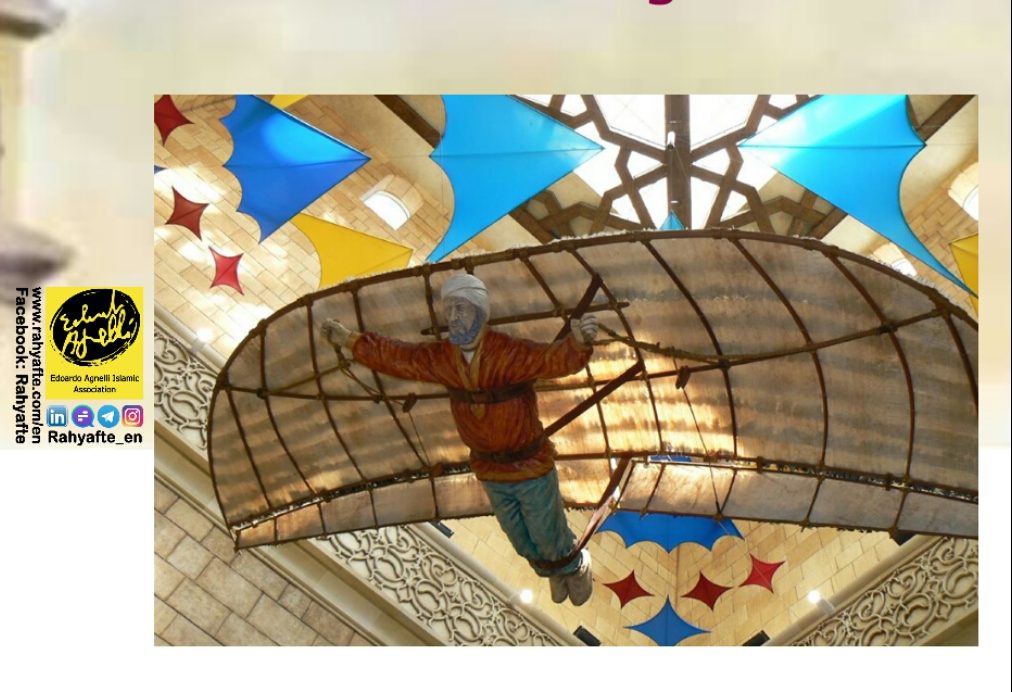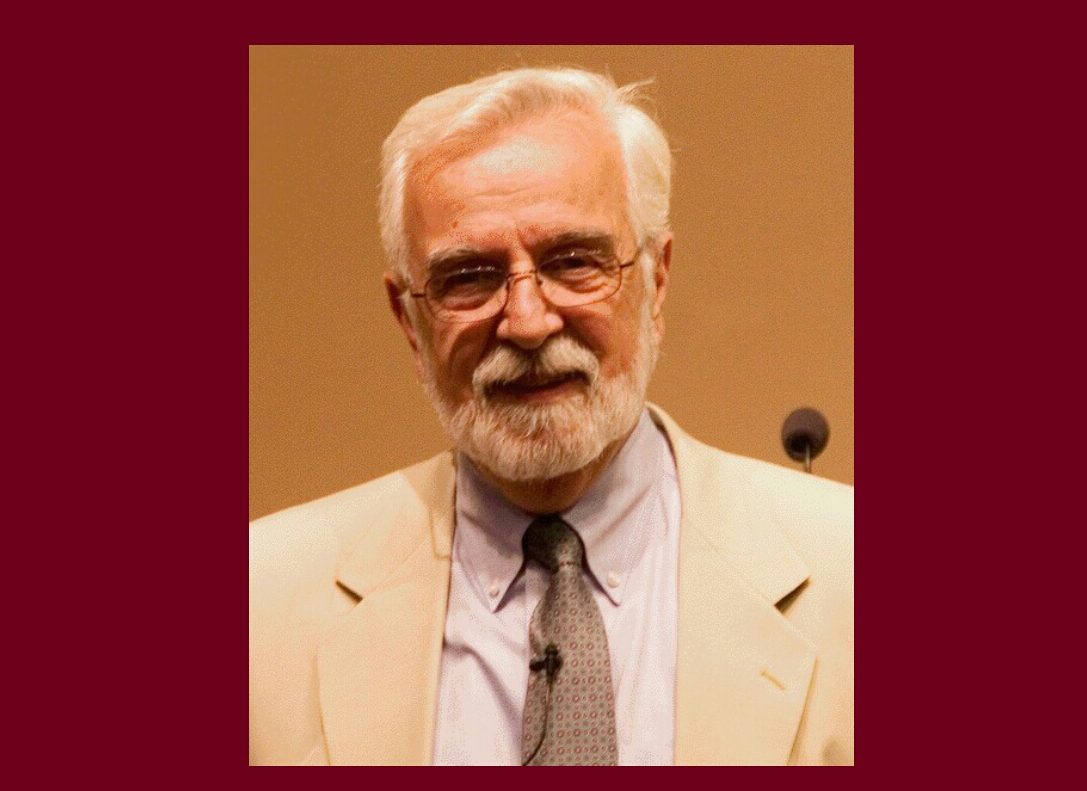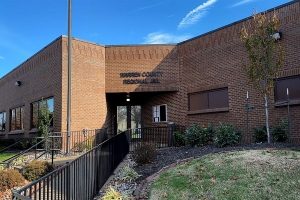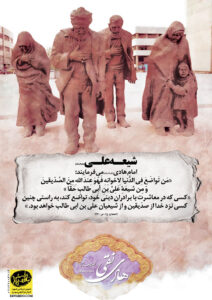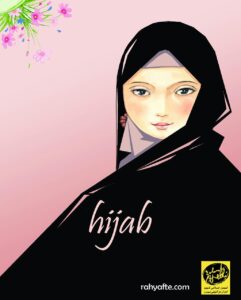According to rahyafte (the missionaries and converts website): Sayyed Mahmoud Hessabi (or Hessaby) (Persian: سید محمود حسابی, February 23, 1903 – September 3, 1992) was an Iranian nuclear physicist and senator. He was the Minister of Education for Iran in the cabinet of Prime Minister Mohammad Mosaddegh from 1951 to 1952. Hesabi memorized the Quran when he was 9, and had strong belief in it. And he had also memorized Hafez’s Divan (an Iranian poetry).
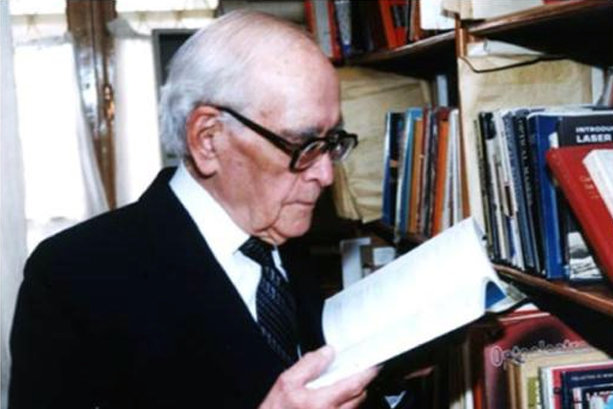
BIOGRAPHY
Hessaby was born in Tehran to the family of Abbas and Goharshad Hessabi. His family’s hometown is Tafresh, Central Iran. At the age of four, his family moved to Beirut where the young Hessaby attended primary school. He was still in secondary school when World War I started prompting the closure of his school; Hessaby continued his studies at home and in 1922, he earned a degree in road engineering from the American University of Beirut. After briefly working for the Ministry of Roads, Beirut, Hessabi traveled to Paris for further education, he was awarded a degree in electrical engineering at the École Superieure d’Electricité.
At the same time, he was employed by the SNCF (French Electric Railway Company). He started working in the electric locomotive maintenance department. In the meantime, Hessabi continued his studies in physics at Paris-Sorbonne University, obtaining his doctorate in 1927. In Paris, he worked Aime Cotton. (Aimé Auguste Cotton (9 October 1869 – 16 April 1951) was a French physicist known for his studies of the interaction of light with chiral molecules. In the absorption bands of these molecules, he discovered large values of optical rotatory dispersion (ORD), or variation of optical rotation as a function of wavelength (Cotton effect), as well as circular dichroism or differences of absorption between left and right circularly polarized light.)
Dr Hessabi was a Polymath, with five bachelor’s degrees in literature, civil engineering, mathematics, electrical engineering and mining engineering and phd in physics.He was well acquainted with the traditional Iranian music as well as the classical Western music and played piano and violin skillfully. He was active in sports and as a youngster earned his living pardy by acting as a swimming instructor and a life guard at the Mediterranean coast in Beirut.
Meanwhile, in a trip to Princeton in 1947 he had the opportunity to meet Albert Einstein, discussing his scientific activities with him (Ḥesābi, 2000, pp. 127-33). Hessaby was the sole Iranian student of Professor Albert Einstein, and during his years of scientific research he had meeting and discussions with well-known scientists such as Erwin Schrodinger, Max Born, Enrico Fermi, Paul Dirac and Neils Bohr and scholars such as Russell and Andre Gide.
In Tehran, Hessabi was affiliated with the University of Tehran and organized the science and engineering faculties of the university, he was a teacher of Alenush Terian while she studied at the university. (Ālenush Teriān (Armenian: Persian: آلنوش تریان; November 9, 1920 – March 4, 2011), was an Iranian-Armenian astronomer and physicist and is called ‘Mother of Modern Iranian Astronomy’.) In June 1951, Hessabi was appointed to a three-man provincial board of the Iranian oil company, the designated successor of the Anglo-Iranian Oil Company. In December, 1951, he replaced Karim Sanjaby as education minister. Between 1961 and 1969, Hessabi was Iran’s representative on the Scientific and Technical Subcommittee, United Nations Committee on the Peaceful Uses of Outer Space.
LANGUAGES
prof. Mahmoud Hessabi was fluent in five living languages by himself: Persian, French, English, German and Arabic. He was also familiar with Sanskrit, Latin, Greek, Pahlavi, Avestan, Turkish, and Italian, which he used for etymological studies.
ACCOMPLISHMENTS
According to the Dr Hessaby Institute, essentially an institution run by his son, the following were some of his accomplishments:
- – Founding the Highway Engineering school and teaching there from 1928
- – Survey and drawing of the first coastal road-map between Persian Gulfports
- – Founding the “Teachers” College” (Dar-ul Moallemin), and teaching there from 1928
- – Construction of the first radio-set in Iran (1928)
- – Construction of the first weather-station in 1931
- – Installation and operation of the first radiology center (for his brother Dr. Mohammad Hesabi) in Iran in 1931
- – Founding modern center for satellite studies in Shiraz
- – Founding Physics Society of Iran
- – Calculation and setting of Iranian time (1932)
- – Founding the first private hospital in Iran (Goharshad Hospital, named after his mother) in 1933
- – Writing the University carechair and founding Tehran University(1934)
- – Founding the Engineering school in 1934 and acting as the dean of that school until 1936 and teaching there from then on
- – Founding Tehran-Shemshak Railway
- – Founding the faculty of science and acting as its dean from 1942 to 1948
- – Commissioned for the dispossession of British Petroleum Companyduring the government of Dr Mossadegh and appointed as the first general manager of the National Iranian Oil Company
- – Founding applied optic and lens-making center at Tehran University
- – Minister of Education in the cabinet of Dr Mossadegh from 1951 to 1952
- – Opposing the contract with the consortium while in the Senate of Iranin 1954
- – Opposing the membership of Iran in CENTO
- – Founding the Telecommunication Center of Assad-Abad in Hamedan (1959)
- – Writing the standards charter for the standards Institute of Iran(1954)
- – Founding the Geophysical Institute of Tehran University(1961)
- – Title of distinguished professor of Tehran University from 1971
- – Founding the atomic research center and atomic reactor at Tehran University
- – Founding the atomic Energy center of Iran, member of the UNscientific sub-committee of peaceful use of member of the international space committee (1981)
- – Establishment of Iran’s space research committee and member of the international space committee (1981)
- – Establishing the first modern observatory in Iran
- – Establishment of the Iranian music society and founding the Persian language Academy
He obtained several honors, including the Legion d’Honour and the “distinguished Professor of the University of Tehran” (1971). In 1987, the annual Iranian Physics Conference was held in his honor. That same year the “Ḥesābi Prize” was established, to be given each year to the best Iranian undergraduate researcher in physics (Ḥesābi, 2000, p. 8).
During the Congress of” 60 Years of Physics in Iran “the service rendered by him were deeply appreciated and he was entitled” Iran’s Father of Modern Physics. He passed away on 03 September 1992 while under medical care at Geneva Cardiac Hospital. He was buried in Tafresh, according to his wish and will.
SELECTED WORKS
25 research papers, articles and books of him have been put to print. His theory of “Infinitely Extended Particles” is well-known among the world scientists. The medal of “Commandeur de la Legion d’Honneur”, greatest French scientific medal was awarded to him for his theories.
- Hessaby M. (1947). “Continuous Particles”. Proceedings of the National Academy of Sciences of the United States of America. 33(6):189–194. Bibcode:1947PNAS…33..189H. doi:10.1073/pnas.33.6.189.
- Hessaby M. (May 1948). “Theoretical Evidence for the Existence of a Light-Charged Particle of Mass Greater than That of the Electron”. Phys. Rev. 73 (9=): 1128. doi:10.1103/PhysRev.73.1128.
THE DR. HESSABI MUSEUM
The Museum Of Dr. Hessaby is a collection of some of personal belongings and communications with various scientific cultural figures.
The museum has been established by his family, colleagues and students in order to value his 60 years of scientific, educational and cultural activities, and to set an example for young generation of Iran, students in particular, of a hard-working contemporary scientist, who despite his difficult childhood led a successful life and contributed greatly towards his country’s progress by establishing many scientific, industrial, cultural, and research centers in Iran, including the University of Tehran, the first modern university in the country.
Every item of the museum is a reminder of a corner of his life and bears a valuable lesson of life. The museum is situated in his personal home, located on a street of the same name in Tajrish neighborhood in north of Tehran, and visited daily by many visitors from different scientific, cultural, and educational institutes and organizations, free of charge. The Mahmoud Hessabi museum was founded for recognition of Mahmoud Hessabi’s life-works.
HESSABI FOUNDATION
The Dr. Hessabi Foundation was established by his son to continue all the various aspects of his work, highlighting his belief that giving priority to research and researchers is the basis of the scientific and industrial progress of a country.
References
DUA: Allah! please accept this from us. You are All-Hearing and All-Knowing. You are The Most Forgiving.You are The Most Relenting and repeatedly Merciful. Allah! grant us The Taufiq to read all the 5 prayers with sincerity.
(Taken from To Be Earnest In Prayers By Amina Elahi)
■ Feel Free to Share the posts with your Friends…
■ You too can take part and help us in sharing the knowledge…
■ May Allah SWT reward you for conveying His Message To Mankind






